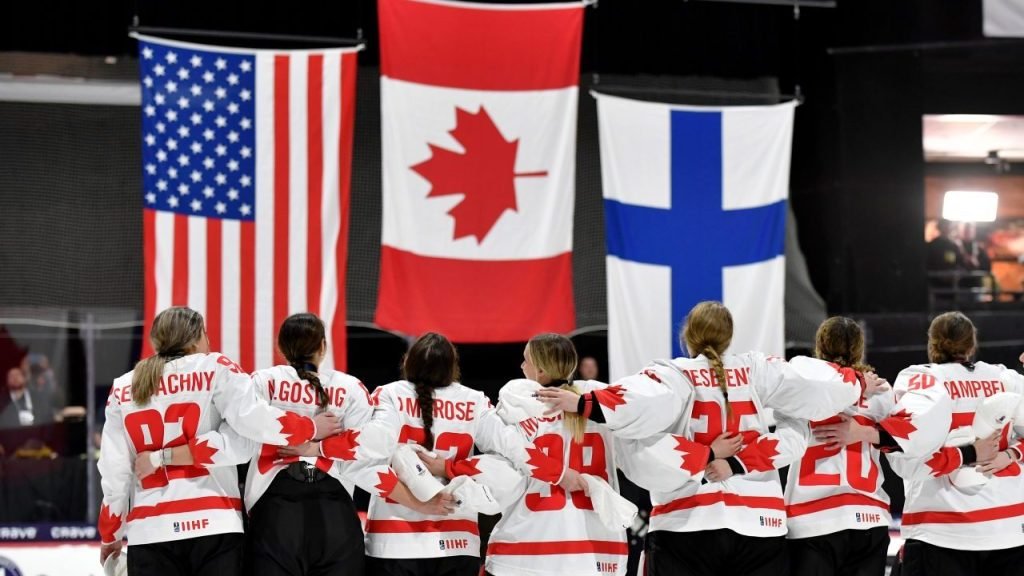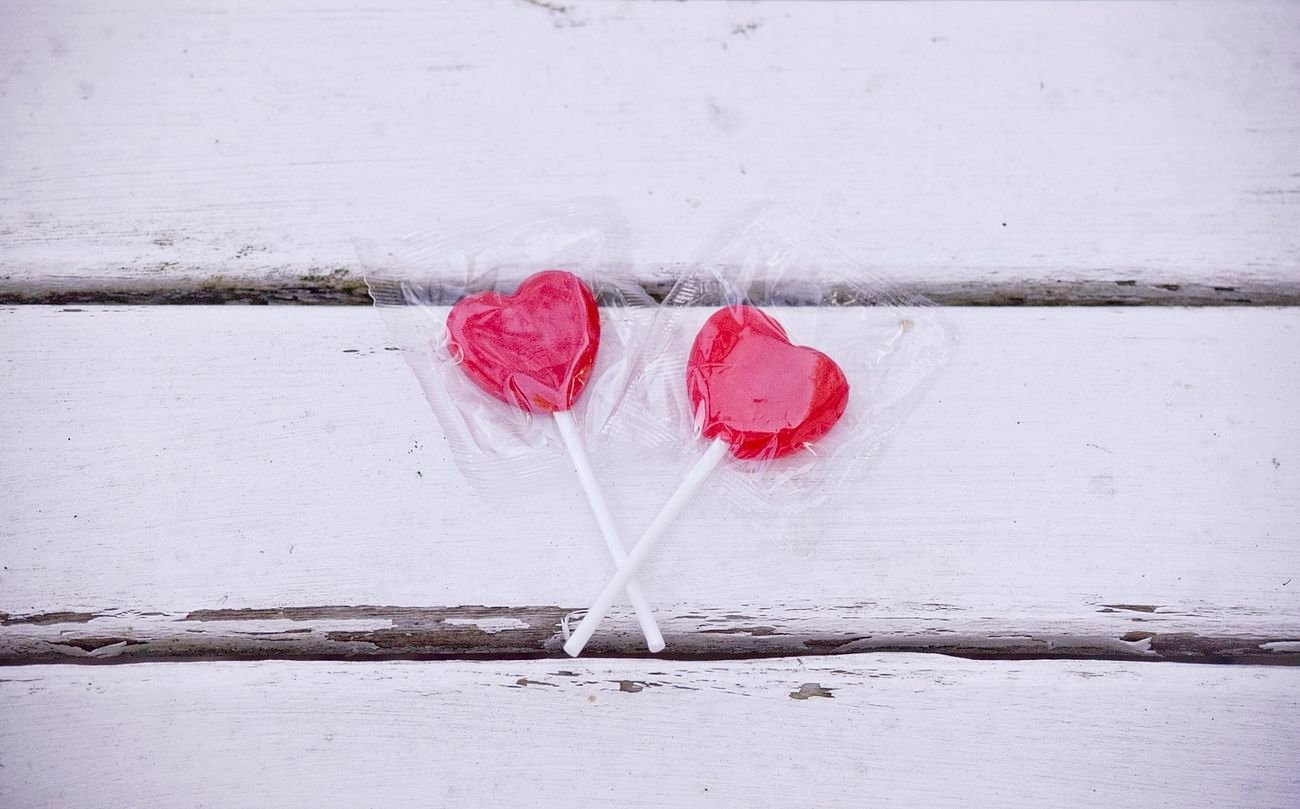
The ‘Caitlin Clark Effect’ Has Affected Women’s Hockey, Too
If you ever need help tracking sports across multiple platforms—or (kids, avert your eyes), watching a game without paying for a new service—just turn to the nearest women’s sports fan. They’re guaranteed to be well trained in streaming’s dark arts.
Fans following Caitlin Clark to the Indiana Fever after she was drafted first overall Monday will have to find her on seven different channels over her first seven games. Three of them—ABC, ESPN, ESPN2—are at least all in the Disney family, while the others—Prime Video, WNBA League Pass, Ion and NBA TV—are spread further afield.
More broadcaster investment in women’s sports has given the games a chance to shine, but only if you know where to look. It’s also sparked increased calls for even more time and attention, especially given the results ESPN has seen after boosting women’s basketball.
Ace channel-flippers were rewarded with the most exciting sports moment Sunday, which came after Scottie Scheffler’s four-stroke Masters win and the drama delivered by the NBA’s final day. In Utica, N.Y., Sunday night, the U.S. and Canada’s best women’s hockey players raced up and down the ice, searching for an overtime gold medal winner. Canada’s Danielle Serdachny ultimately delivered the goal that secured a 6-5 victory and tied the rivals at 18 wins apiece in world championship contests.
“That was probably the craziest game I’ve been a part of,” 30-year-old Canadian goalie Ann-Renée Desbiens said just after the final horn.
Viewership numbers will be hard to come by, given the game aired on NHL Network, which is not rated by Nielsen and often only available in sports add-on cable packages (unless you know someone who knows someone), limiting its reach. Part of the feed also came from TSN north of the border, which is why U.S. fans heard Desbiens give the above quote rather than getting an American voice.
It was not hard to find some viewers unsatisfied with the offering, even if it resembled what was broadcast in years past. It’s the type of compromised setup women’s sports fans became accustomed to but never fully accepted.
“There’s a new expectation of fans that they want to be able to easily find their favorite sports,” Professional Women’s Hockey League SVP, hockey operations (and seven-time world champion) Jayna Hefford said in an interview. “They’re starting to get used to this increased visibility of the game, and when you don’t have it, it feels like it’s missing.”
New this year, USA Hockey produced a six-part, behind-the-scenes docuseries about the national team, offering additional access to diehards. It has aired first on NHL Network, though the organization hopes to make the entire show available online as well. Today’s viewers are unlikely to be fully sated for long, though.
“USA Hockey needs a whole different media plan than what they’ve done so far,” said American Group Management founder Brant Feldman, who represents players on both sides of Sunday’s battle. “It’s not a knock on NHL Network, but … they need to put Women’s Worlds and U-18 on networks that women’s sports fans will find it.”
The new PWHL has helped demonstrate the sport’s potential, notching attendance records in its first season while airing games for free via YouTube. Even higher marks could come once the playoffs begin in May. Athletes and advocates worked for years to launch the venture. Then that guard from Iowa came along.
“I have to call this the Caitlin Clark effect,” said PWHL New York broadcaster Jamie Hersch, who also hosted IIHF worlds coverage for NHL Network. “[She] put all of women’s sports on the map, even further.”
The extra attention has come at a good time for women’s hockey, which now has a high-level product to showcase and an easy way for fans to watch it. The PWHL’s competitive, professional atmosphere also boosted the quality of play in Utica, Hersch said. As the league resumes this week, that momentum will only build.
The theory that putting women’s sports on a larger stage would lead to increased interest and thus lead to the games being put on an even larger stage in a positive feedback loop is proving itself true—but it’s also proving to be incomplete. Because the quality of the actual product being offered is also a factor, and its improvement slides into the same cycle, furthering progress. The game itself is getting better.
Clark’s quest to prove she can shine at the pro level will have to wait a month, but women’s sports’ march toward recognition won’t slow down in the meantime. The spotlight shifts next to gymnastics, as the NCAA Championship returns to ABC Saturday.
Last year, a Disney-record 1.02 million viewers tuned in. This time around, Oklahoma will likely be looking to cap an undefeated season to go with a third straight title.
“They will, in my opinion, if they can close the deal, be considered the best college team in history,” ESPN commentator John Roethlisberger said during a preview media call Monday.
None of this—the record attention or the all-time greatness—should be considered mere coincidence. The balance beam will still sit 125 centimeters above the mat this weekend. But the bar has been raised.
“The thrill of victory and the agony of defeat isn’t more thrilling or less agonizing because of the gender of the athlete you’re watching,” Roethlisberger said. “It’s been great for a long time, and now it’s just—it’s great that everyone gets to see it.”








